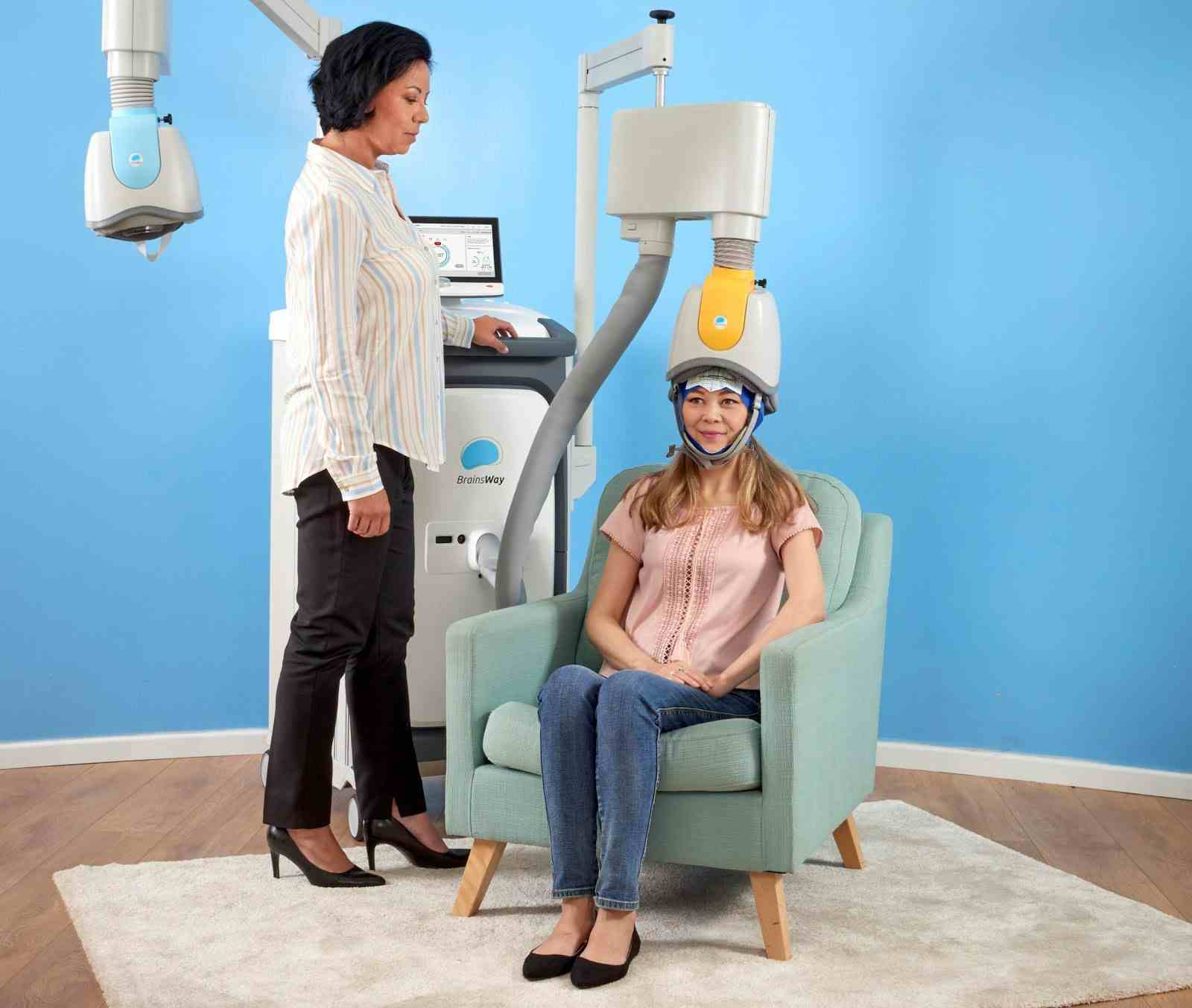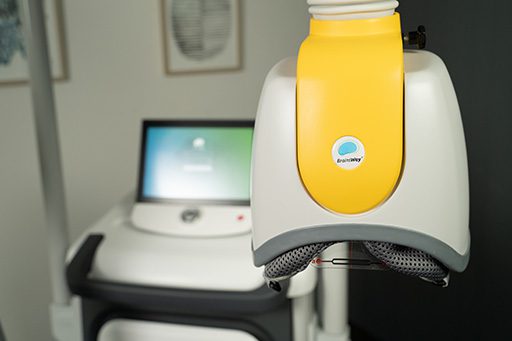Obsessive-compulsive disorder (or OCD) is a serious anxiety-centered mental illness that can significantly hinder one’s quality of life. Its symptoms can include extreme stress, invasive adverse thoughts, and exhaustive ritualistic behavior; all of which only add to the individual’s anxiety. As a result of the severity of this condition and a growing body of research, OCD treatment centers have been offering a growing number of treatments, with transcranial magnetic stimulation (TMS) being among them.
What is TMS, how can it help with OCD, and how should you choose a treatment center?
Transcranial magnetic stimulation is a non-invasive medical device treatment that has been shown to offer symptom relief to a number of mental illnesses and neurological conditions. It sends out electromagnetic pulses that manage to regulate the neural activity of brain structures found to be associated with certain mental health conditions. With repeated treatment sessions, TMS can alleviate the severity, frequency, and duration of the targeted condition’s symptoms.
Due to its non-invasive treatment process, TMS does not cause any long-lasting or adverse side effects. It does not require anesthesia or a lengthy recovery period, and can be combined with other forms of therapy, such as medication.
There are presently two types of TMS available on the market: Deep TMS and traditional TMS. Both have gained FDA clearance status due to their safety and efficacy when treating OCD.

In 2018, Deep TMS became the first non-invasive medical device treatment to be FDA-cleared to treat OCD. It remains the only non-invasive medical device treatment to attain FDA clearance based on published clinical data to treat this condition.
Deep TMS utilizes its patented H-Coil technology to treat patients battling OCD, as well as other conditions. Its coil system is held inside a cushioned helmet that is fitted onto the patient’s head and safely transfers a repeated sequence of electromagnetic pulses to the brain. Due to its unique technology and apparatus, Deep TMS is able to reach a relatively large area of the brain simultaneously, in addition to directly regulating the activity of structures located in deeper harder-to-reach regions of the brain.
In addition to OCD, Deep TMS has been FDA-cleared to treat major depressive disorder (MDD) and as a treatment facilitating smoking cessation.
Publicly available since 2008, this treatment uses a handheld device to send out its electromagnetic pulses. Due to its comparatively limited scope, traditional TMS can run into targeting issues, as it sometimes misses the specific brain structure being targeted.
Traditional TMS has also been FDA-cleared to treat MDD and migraine headaches.
The repeated pulses sent out during TMS treatment manage to stabilize the rhythm of the neural activity of relevant brain structures. As a result, OCD symptoms that appeared under more erratic activity of these structures are mitigated, allowing for symptom relief to take place.
A number of studies have concluded that TMS can successfully alleviate symptoms of OCD. As one example, a 2019 multicenter study published by the American Journal of Psychiatry found that Deep TMS manages to regulate the neural functions of the medial prefrontal cortex and anterior cingulate cortex, causing a significant improvement in OCD symptoms. Another study on Deep TMS, from 2009, also showed positive results as a treatment for OCD.

When choosing which licensed OCD treatment center to approach for TMS treatment, it is important to keep the following qualifications in mind:
With TMS growing in professional appreciation and patient demand, more and more facilities have been adding it to their roster of available treatments. As such, patients looking to begin TMS for their OCD should inquire how long a treatment center has been offering TMS, the experience their mental health professionals have accumulated in treating OCD with TMD, and the success rate of other patients. Taken together, the answers to these questions should offer a clearer picture of the facility’s level of expertise regarding this treatment.
Luckily, TMS is now offered by many facilities throughout the US and the world. This means that many patients with OCD have several options to choose from when looking to start this treatment. Proximity to the chosen treatment center is key. Since TMS can be incorporated into your daily routine, patients often select a center that is easily accessible from work or home. This helps minimize the disruption to their schedule, allowing them to take time to care for themselves while also continuing with their day.
TMS treatment costs for OCD vary according to your insurance plan and the payment plans offered by each treatment facility. That said, TMS has been shown to be a cost-effective treatment for those searching for relief from adverse mental health condition symptoms. Many times single-case coverage is also an option.
Different parameters are set by different countries and regions, stipulating who is authorized to administer TMS therapy to patients. In the US, each state has its own outline as to what professionals are privileged to prescribe and offer TMS.
That said, as a general rule of thumb psychiatrists are universally considered to be allowed to offer this treatment. Other physicians, in addition to nurse practitioners, physician’s assistants and prescribing clinical psychologists, are also allowed under certain circumstances to do so.